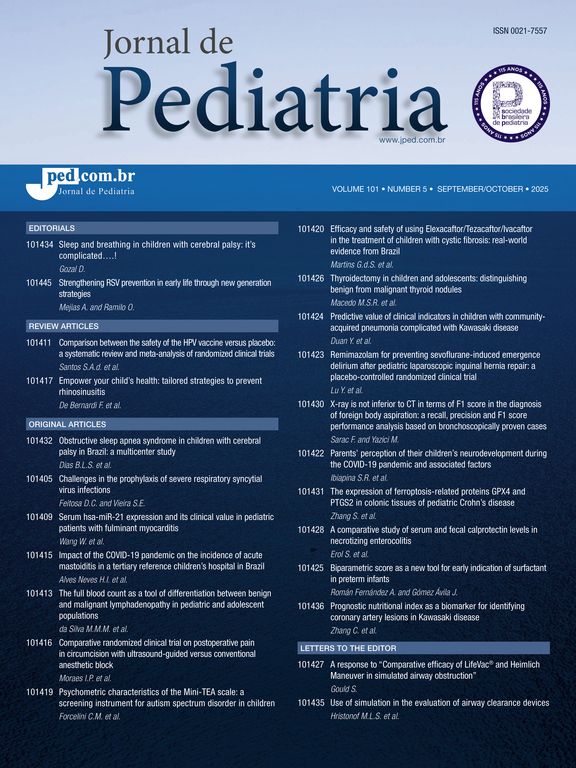The present study aims at identifying prior areas for nutritional programs considering growth scores of children entering the first grade of school. Data were obtained through the nutritional surveillance system in a Brazilian city called Osasco, São Paulo. The analysis was meant to determine the magnitude and distribution of growth retardation. In order to establish the nutritional status of children the indicator height/age expressed by standard deviation scores (z-score) was used. Values below -2 s.d. of the reference population median (NCHS) were considered height retardation. Children's growth was geographically distributed into groups of schools according to height deficit prevalence. Results showed marked differences among the schools with deficit prevalence varying between 0 and 16.1%. This led to the identification of communities with good health and nutrition levels, and communities exposed to different levels of malnutrition. The level of dissociation was such that it was possible to pinpoint areas and micro-areas where social programs and investments are most needed.
The Impact Factor measures the average number of citations received in a particular year by papers published in the journal during the two preceding years.
© Clarivate Analytics, Journal Citation Reports 2025
SRJ is a prestige metric based on the idea that not all citations are the same. SJR uses a similar algorithm as the Google page rank; it provides a quantitative and qualitative measure of the journal's impact.
See moreSNIP measures contextual citation impact by wighting citations based on the total number of citations in a subject field.
See more







